ROOF HOUSE
Japan, Tochigi
completed
in 2023
Situated on the northern fringe of the Kanto Plain amid an interplay of modest factories and expansive rice paddies, the 2,000 square meter site once hosted a sprawling farmhouse flanked by a dense hardwood grove. The urban transplant client sought to inhabit the verdant expanse fully: a residence, a modest entrepreneurial node for local engagement, and a configuration resilient to future relocation. The response integrates dwelling with a continuous semi outdoor garden, absorbing the site’s luxuriant vegetation, contextual rhythms, and communal potentials.
The composition fragments into discrete volumes, orchestrated to enclose a central earthen floor courtyard, then unified beneath a singular, diaphanous roof plane. This canopy generates a spectrum of interstitial realms: an alley like passage, a shed inspired rooftop deck, and an inwardly focused chamber crowned by an expansive toplight.
The semi outdoor garden manifests distinct microclimates modulated by adjacency and exposure. The central court, oriented toward the woodland, accommodates an outdoor kitchen where cherry blossom meals unfold and children circulate freely. The southern garden, aligned with the entry sequence, forms a deep eave porch: a dry threshold for visitor reception, furnished flexibly for dialogue or repose. The northern walled garden serves utilitarian domesticity: weekend joinery, vehicular maintenance, and quotidian tasks.
Volumetric autonomy anticipates lifecycle shifts. Upon relocation, the bedroom and bath pavilion persists as a compact retreat, while residual structures transmute into retail or exhibition spaces. The garden, irrigated by casual encounter, incubates unforeseen programmatic hybrids.
The encompassing roof cultivates a chameleon like garden, its character perpetually recalibrated by interior exigencies and external fluxes. Domesticity spills beyond enclosures, interweaving with topography and seasonality. Daily rituals engage the site’s biotic and atmospheric registers, fostering a porous habitat where affiliations with neighboring inhabitants and vernacular practices proliferate organically.
The composition fragments into discrete volumes, orchestrated to enclose a central earthen floor courtyard, then unified beneath a singular, diaphanous roof plane. This canopy generates a spectrum of interstitial realms: an alley like passage, a shed inspired rooftop deck, and an inwardly focused chamber crowned by an expansive toplight.
The semi outdoor garden manifests distinct microclimates modulated by adjacency and exposure. The central court, oriented toward the woodland, accommodates an outdoor kitchen where cherry blossom meals unfold and children circulate freely. The southern garden, aligned with the entry sequence, forms a deep eave porch: a dry threshold for visitor reception, furnished flexibly for dialogue or repose. The northern walled garden serves utilitarian domesticity: weekend joinery, vehicular maintenance, and quotidian tasks.
Volumetric autonomy anticipates lifecycle shifts. Upon relocation, the bedroom and bath pavilion persists as a compact retreat, while residual structures transmute into retail or exhibition spaces. The garden, irrigated by casual encounter, incubates unforeseen programmatic hybrids.
The encompassing roof cultivates a chameleon like garden, its character perpetually recalibrated by interior exigencies and external fluxes. Domesticity spills beyond enclosures, interweaving with topography and seasonality. Daily rituals engage the site’s biotic and atmospheric registers, fostering a porous habitat where affiliations with neighboring inhabitants and vernacular practices proliferate organically.
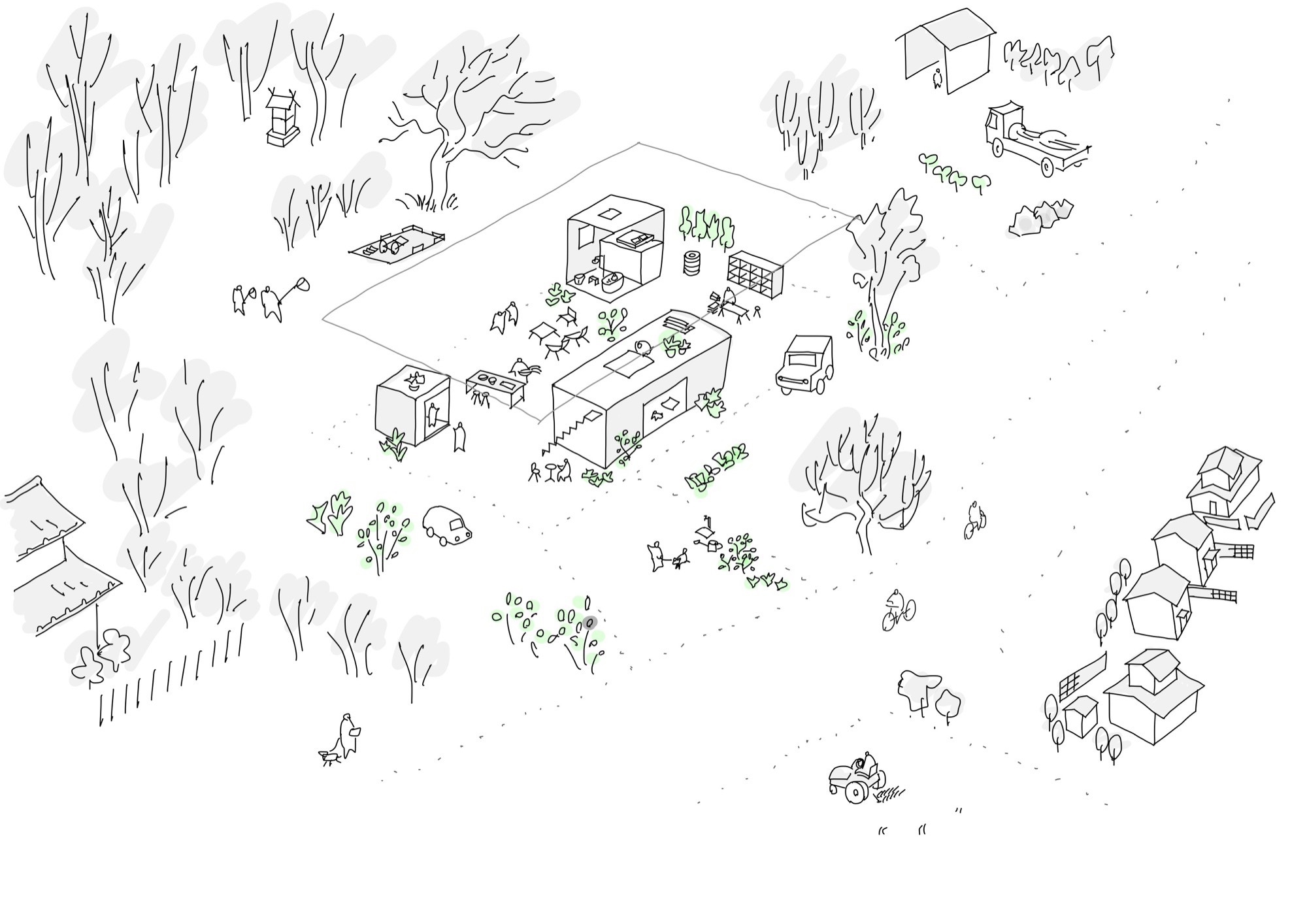
©
TAMADA & WAKIMOTO ARCHITECTS
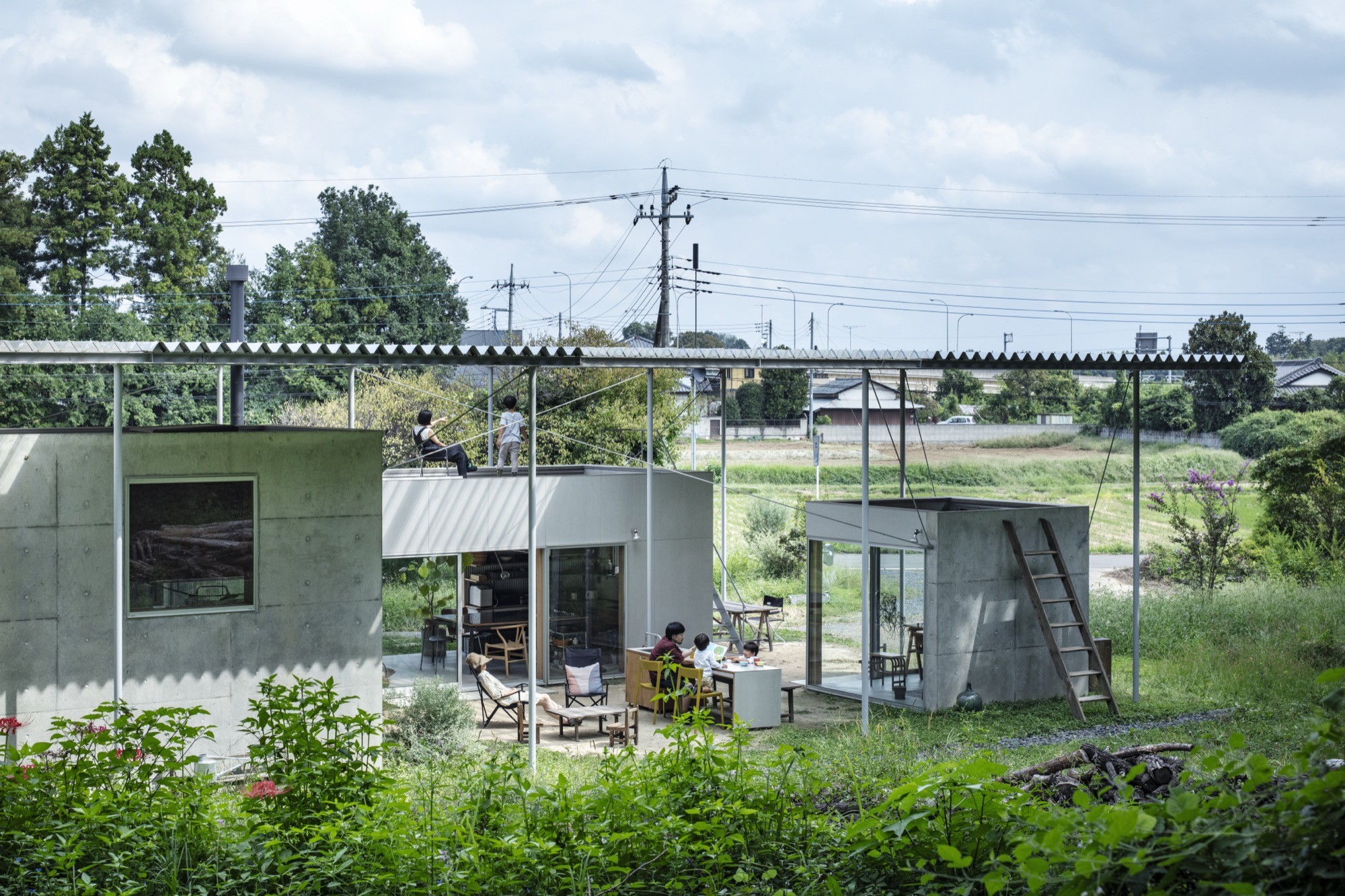
©
Kenta Hasegawa

©
Kenta Hasegawa
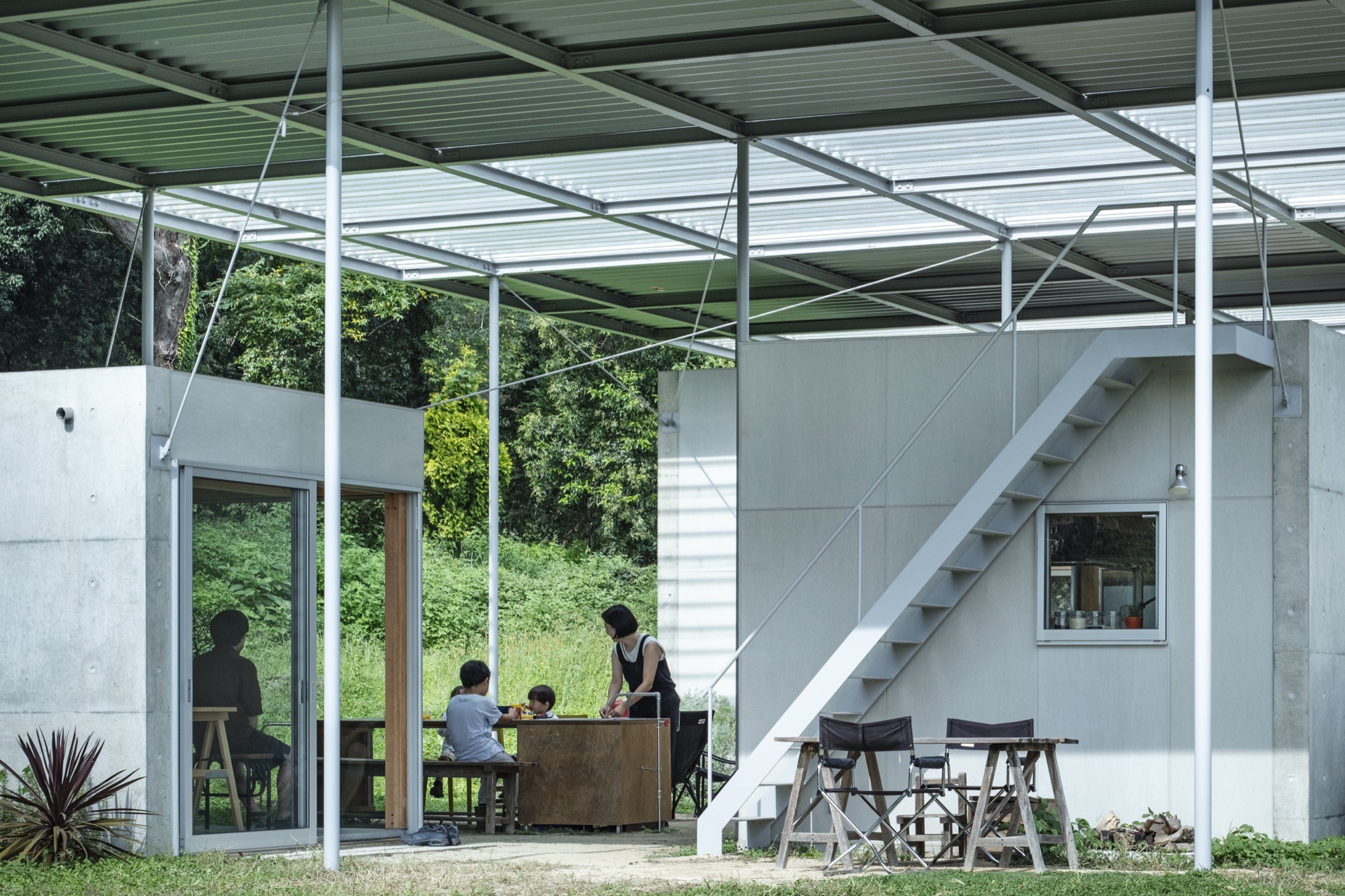
©
Kenta Hasegawa

©
Kenta Hasegawa
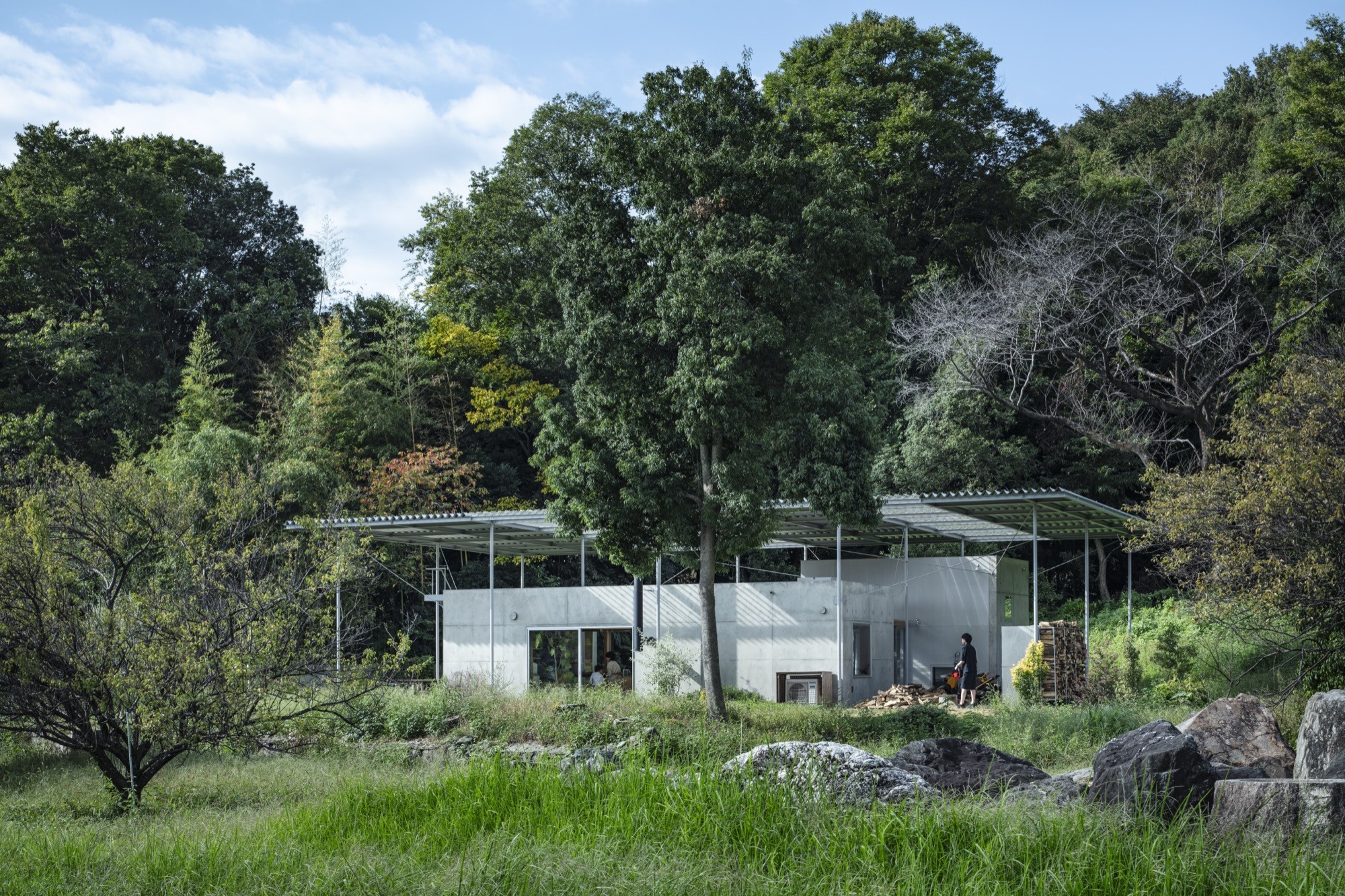
©
Kenta Hasegawa

©
Kenta Hasegawa

©
Kenta Hasegawa
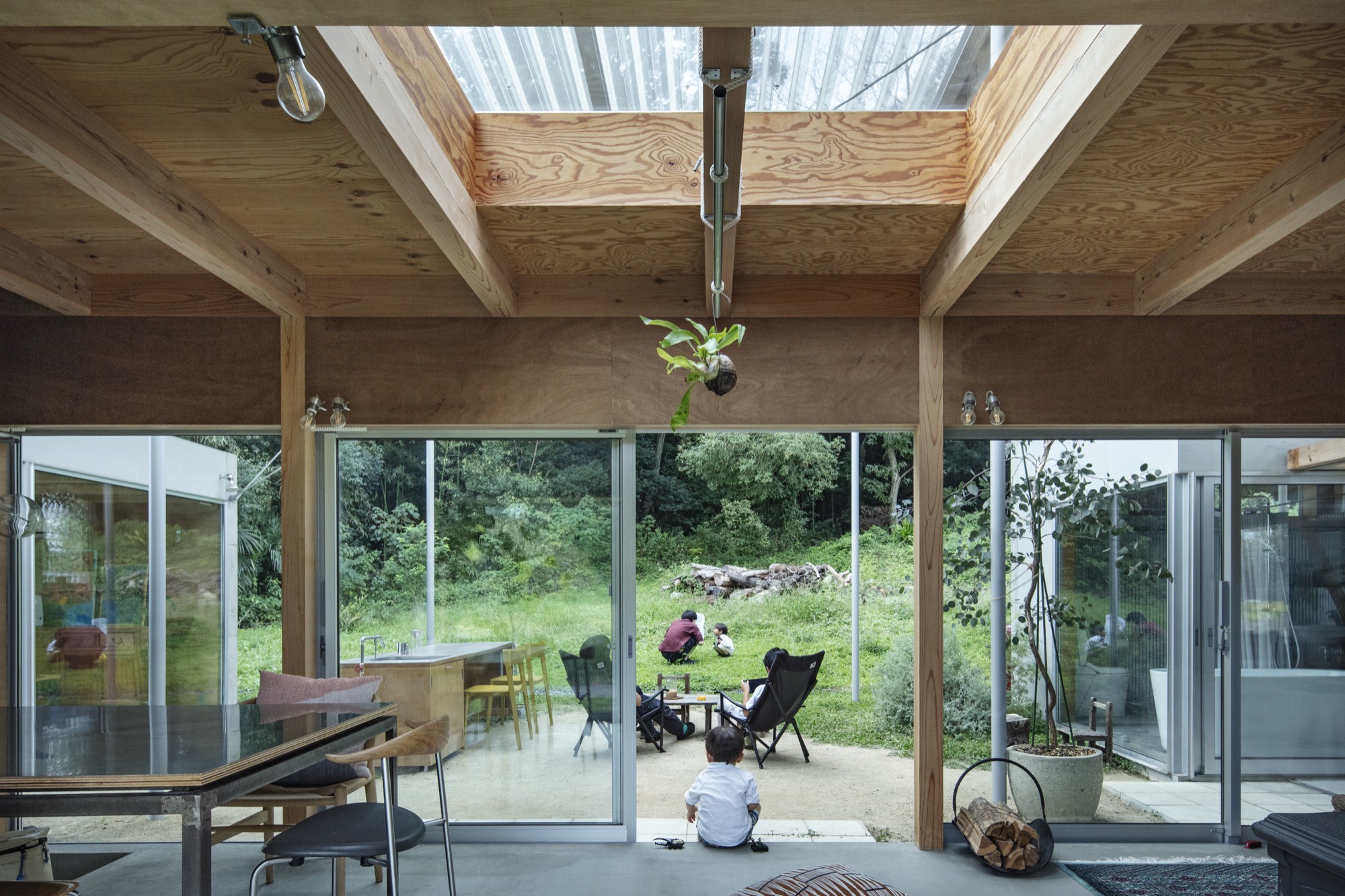
©
Kenta Hasegawa
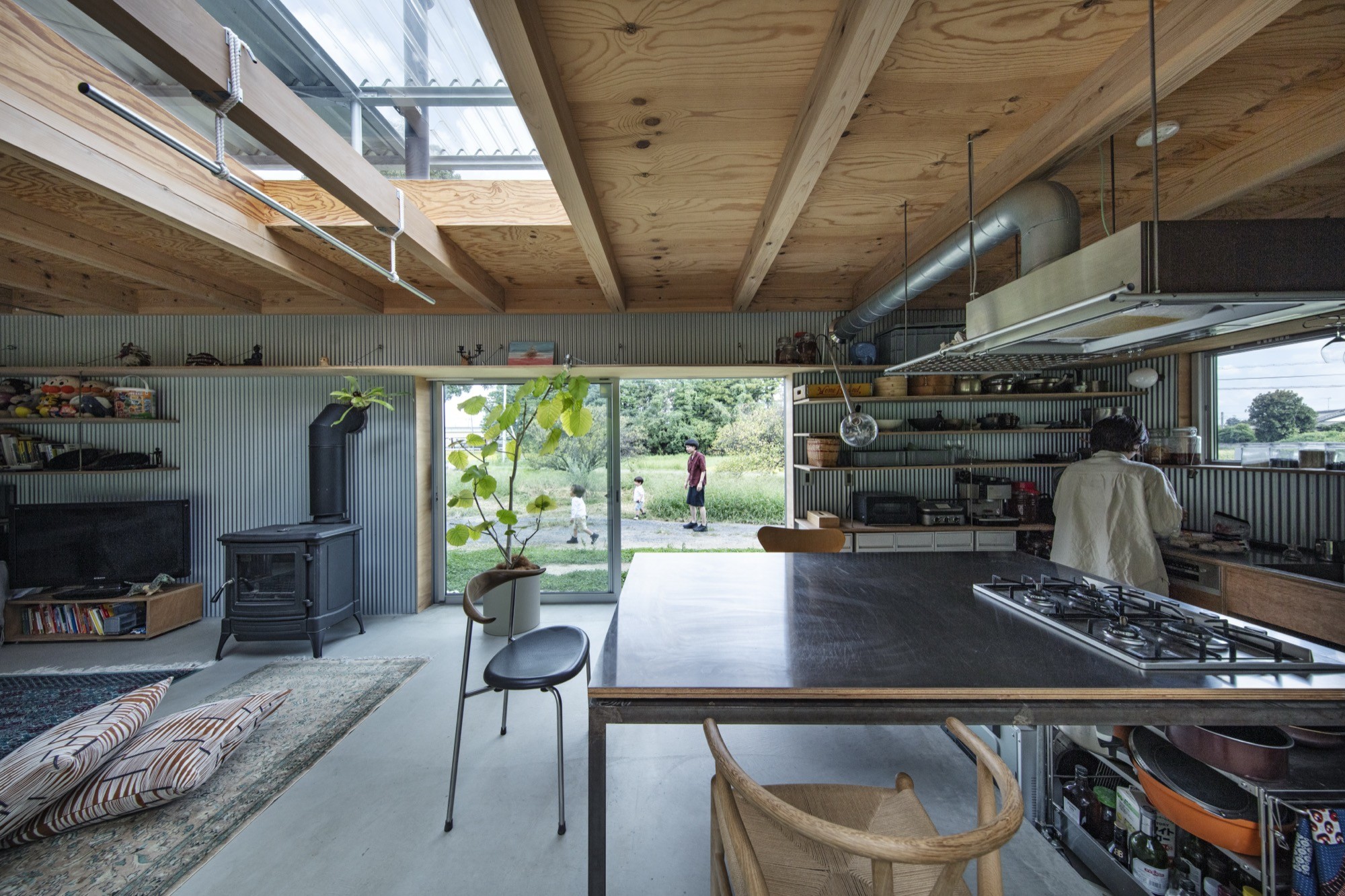
©
Kenta Hasegawa
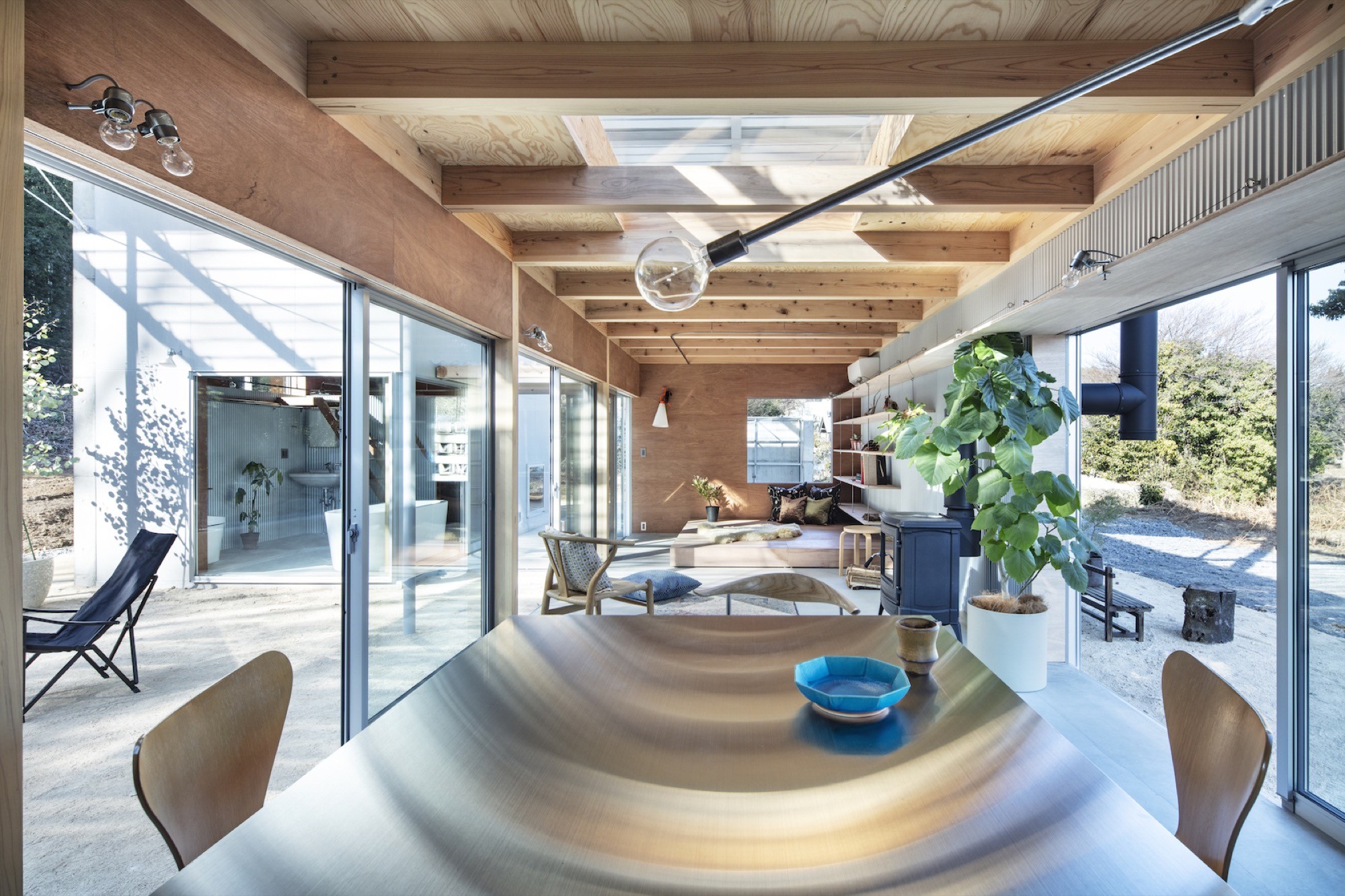
©
Kenta Hasegawa
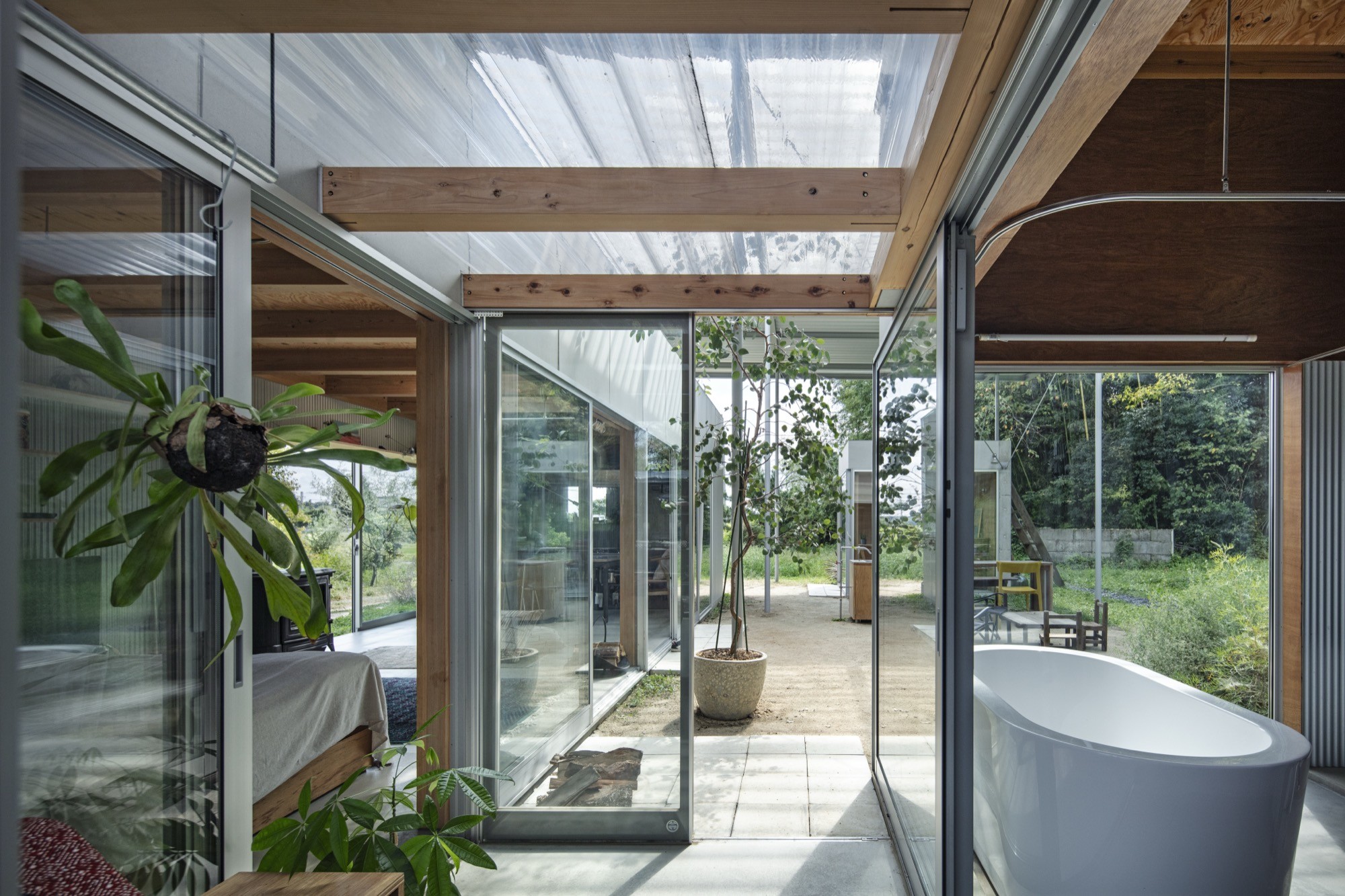
©
Kenta Hasegawa
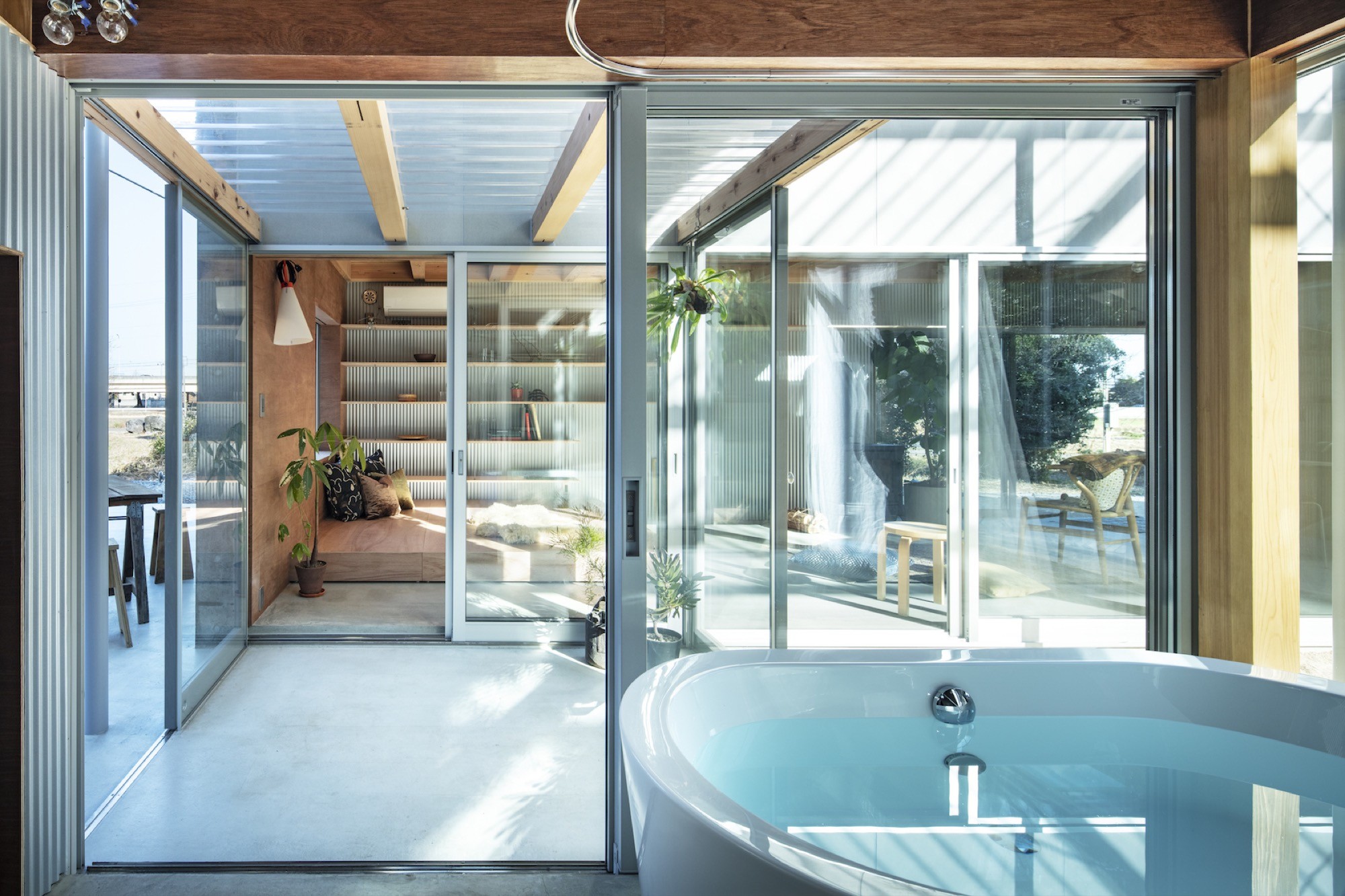
©
Kenta Hasegawa
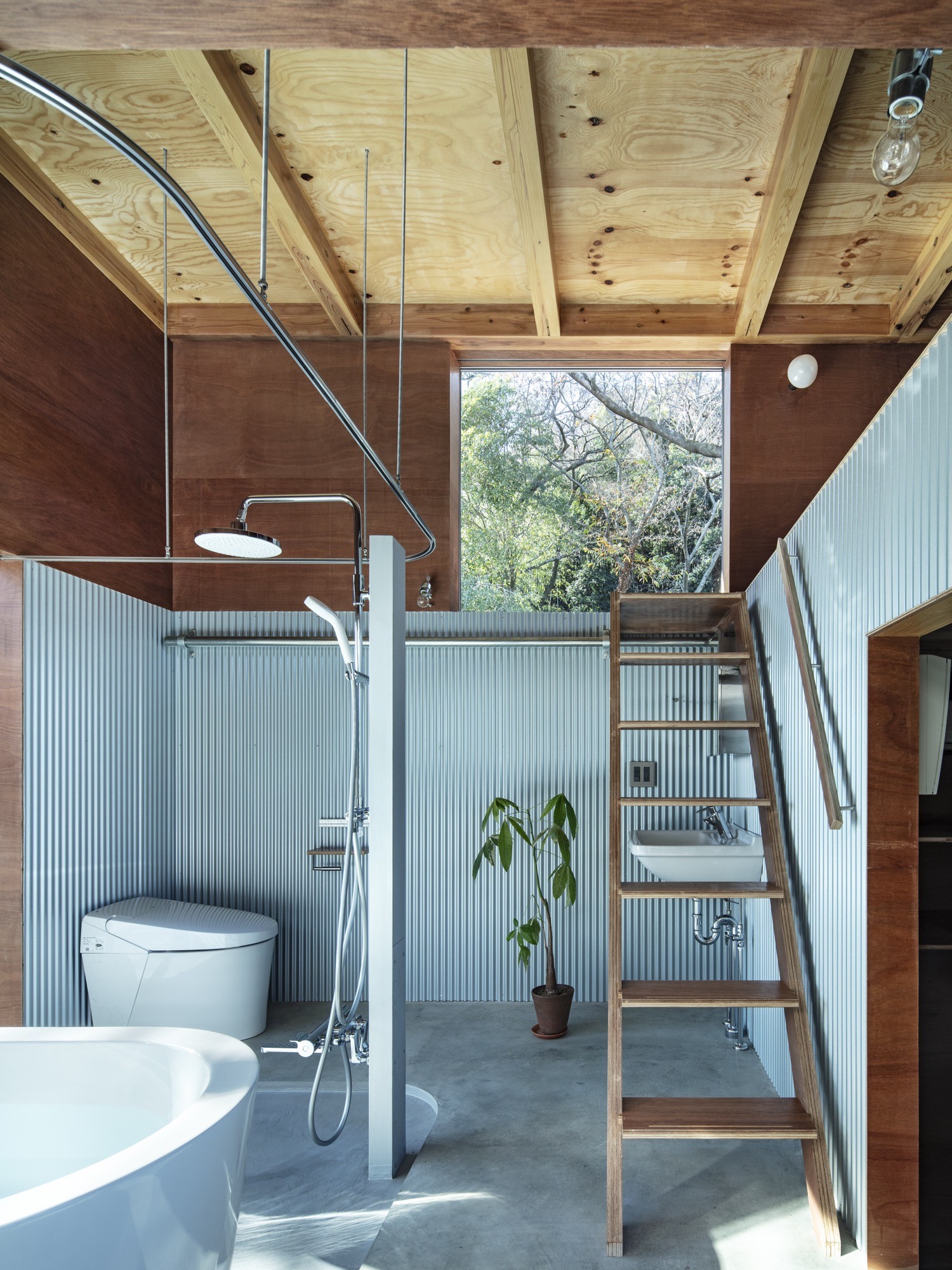
©
Kenta Hasegawa
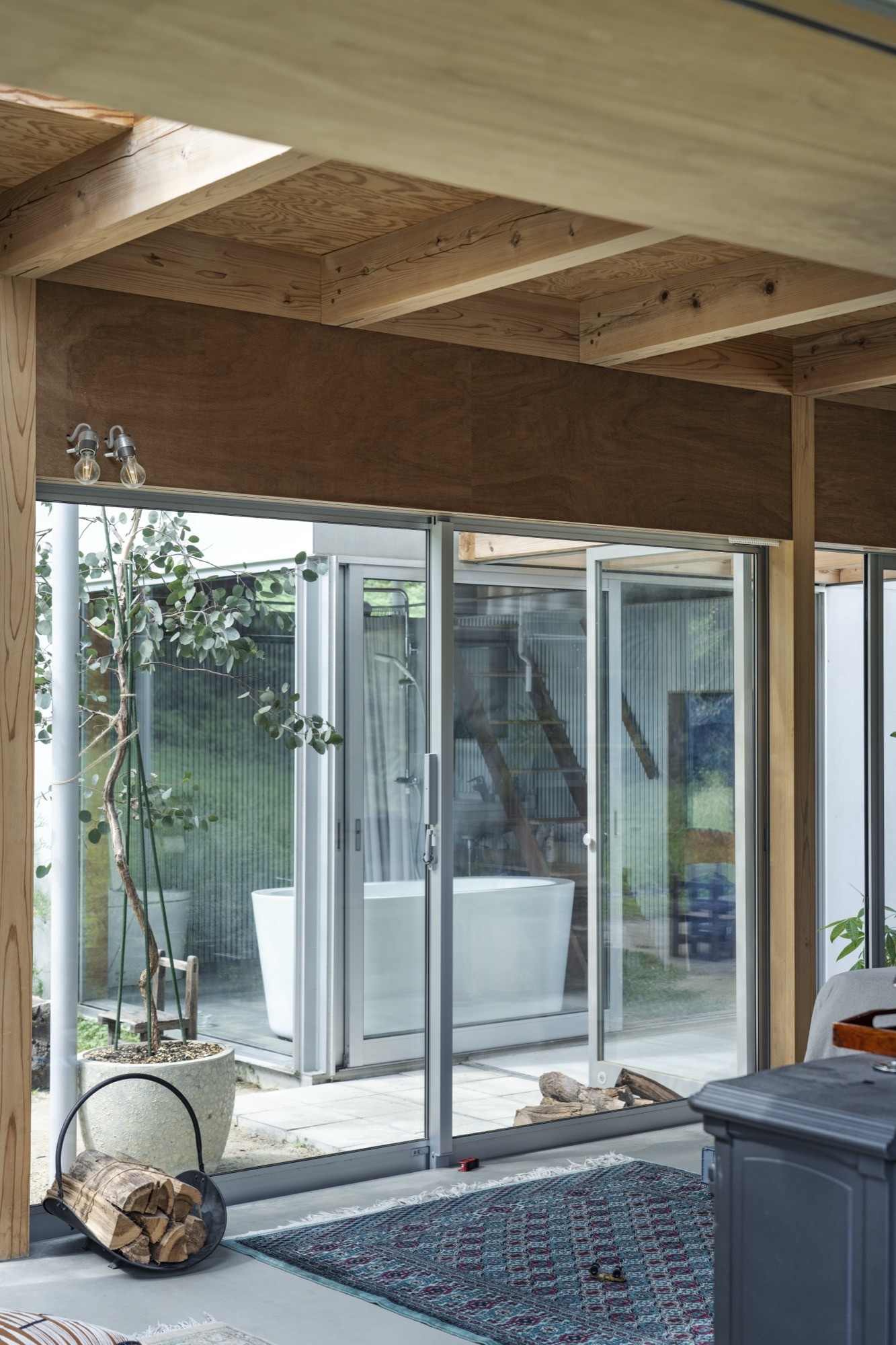
©
Kenta Hasegawa
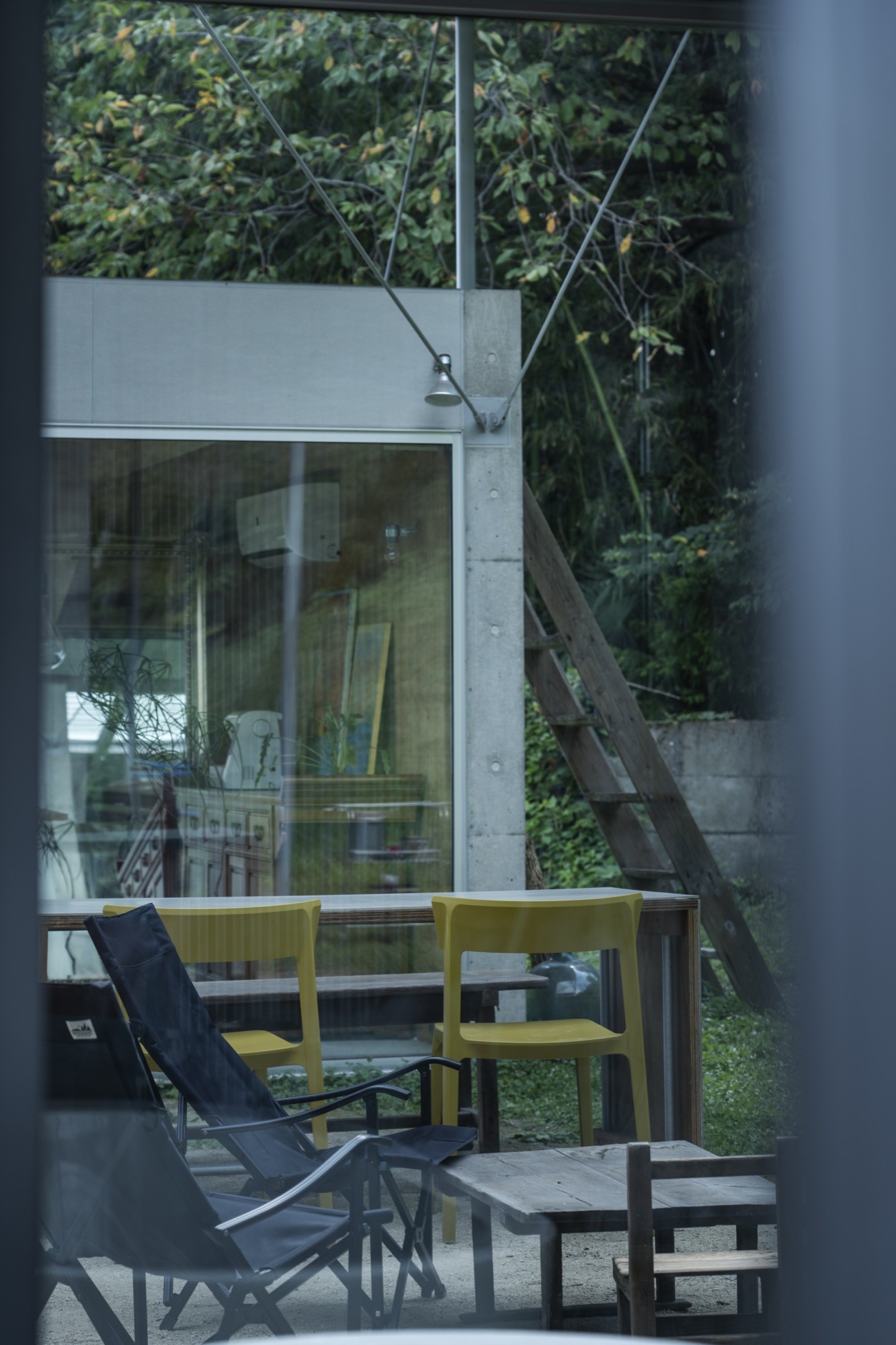
©
Kenta Hasegawa
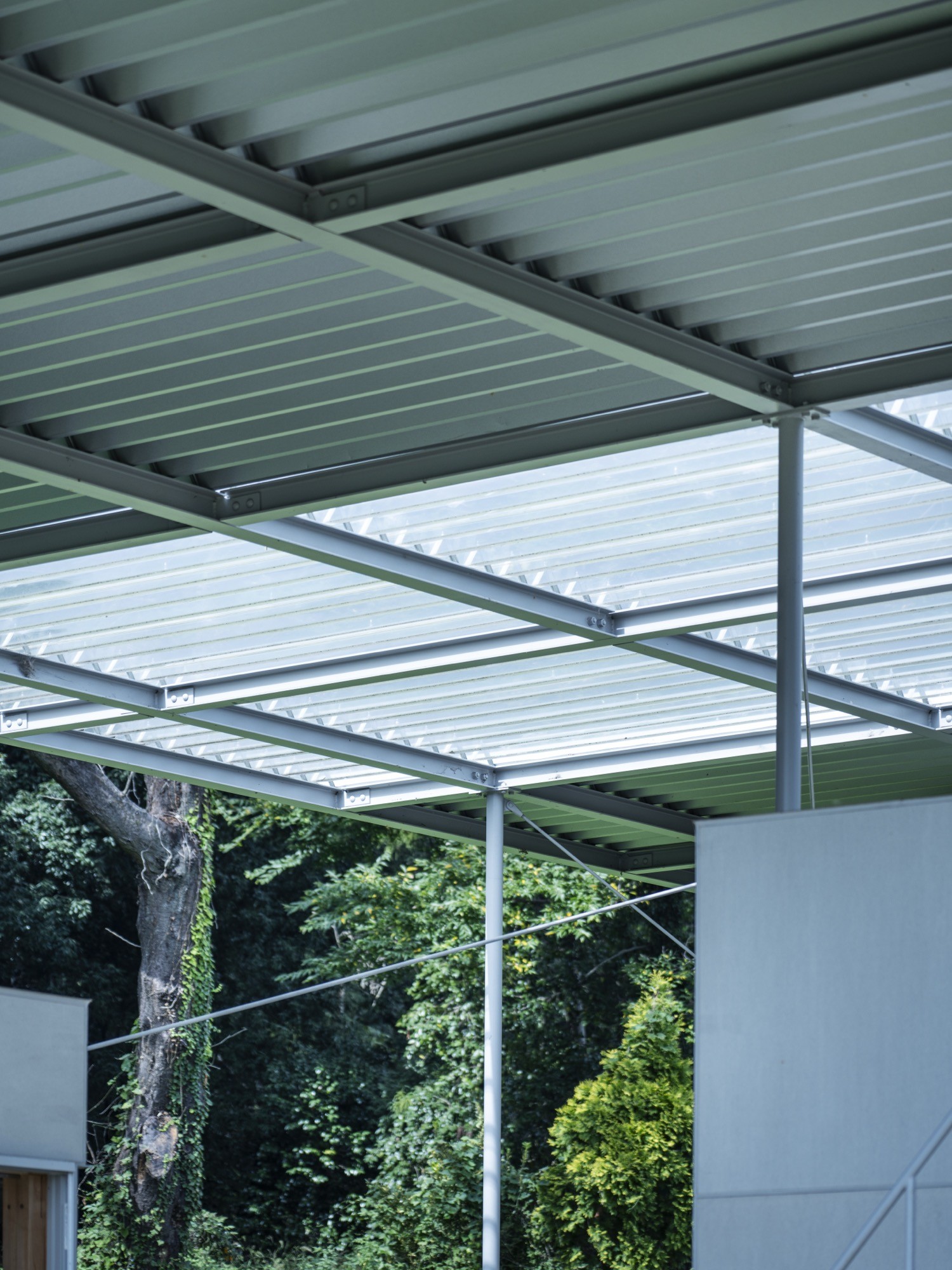
©
Kenta Hasegawa

©
Kenta Hasegawa
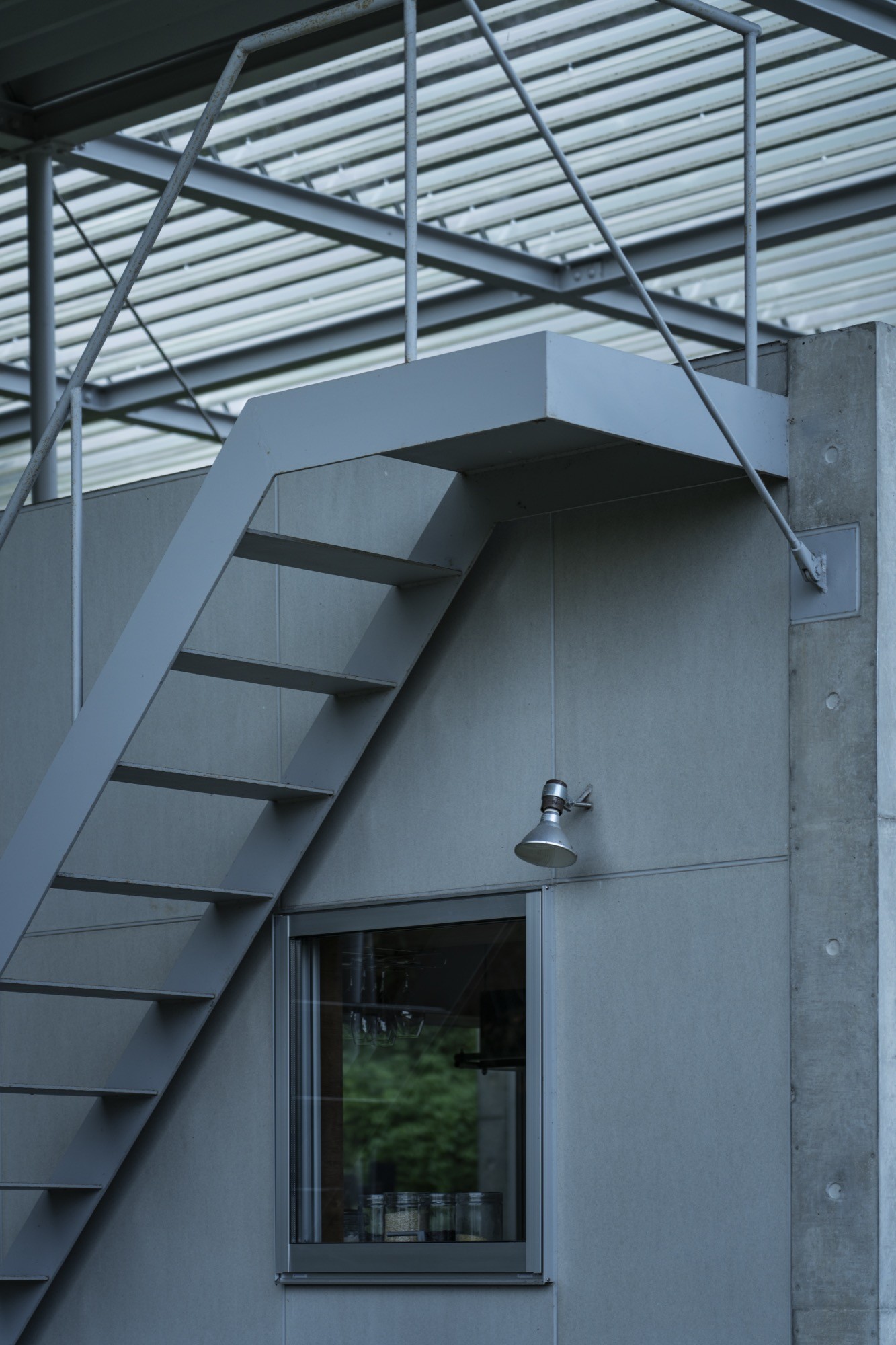
©
Kenta Hasegawa

©
Kenta Hasegawa
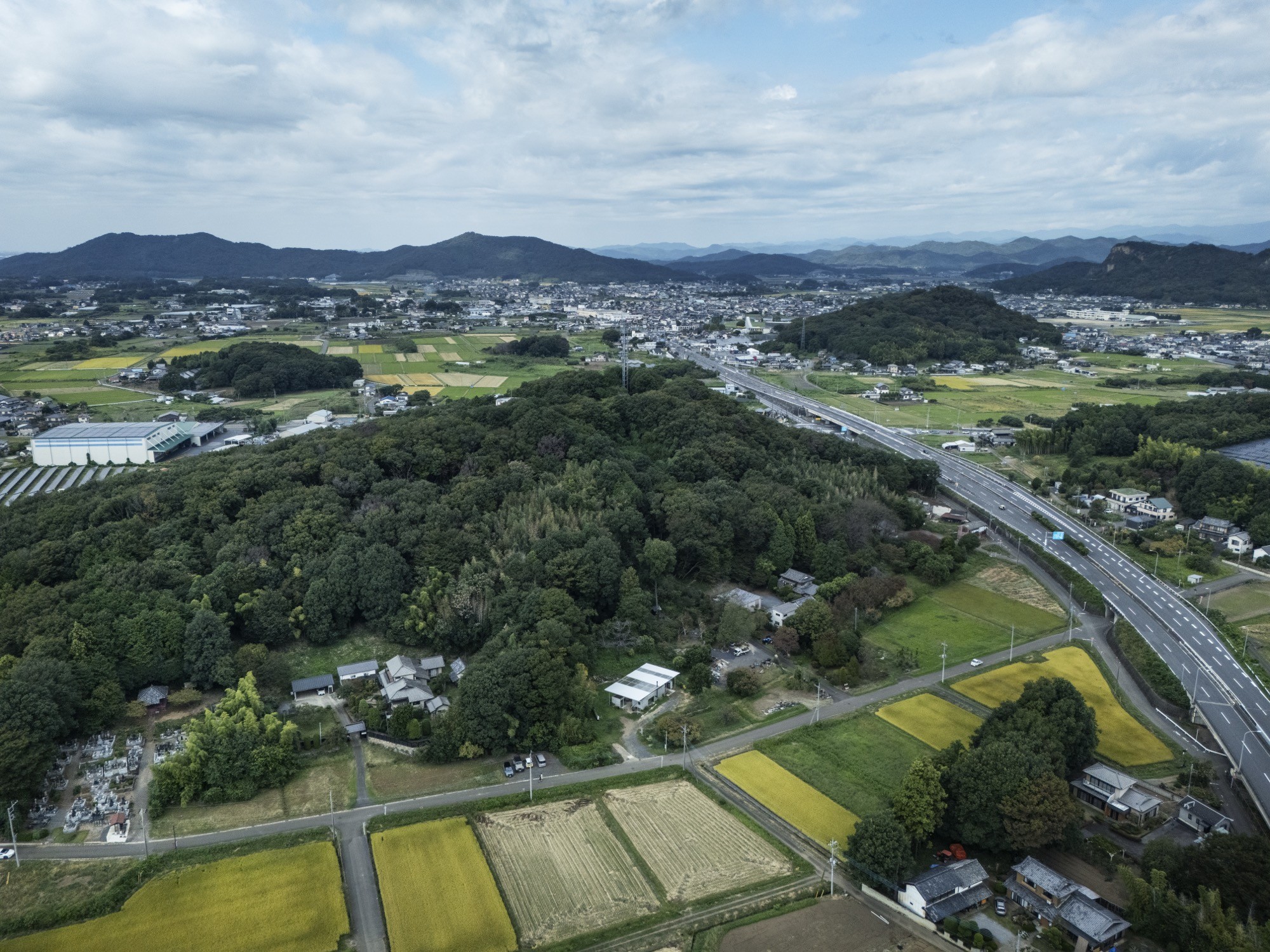
©
Kenta Hasegawa
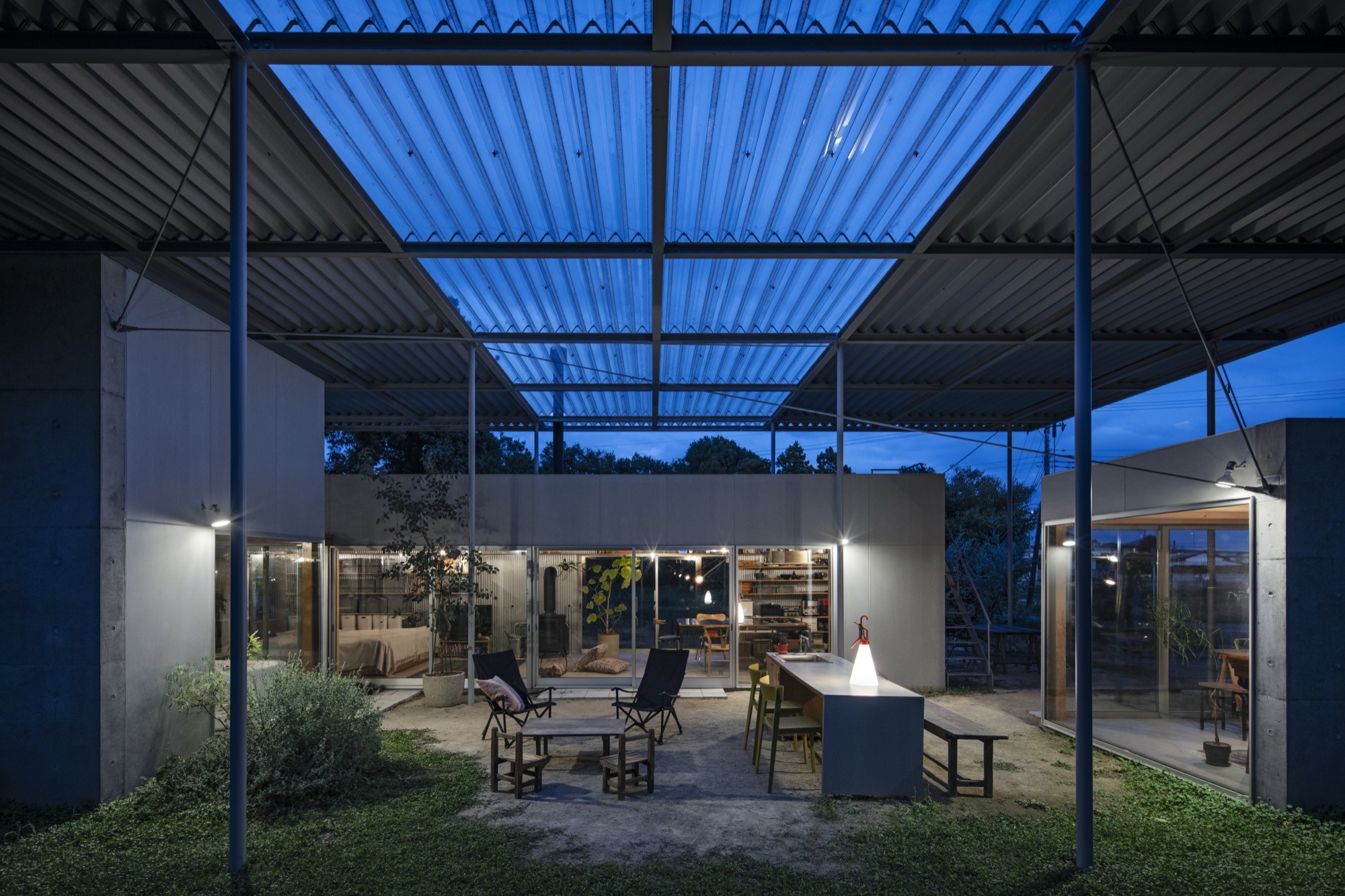
©
Kenta Hasegawa
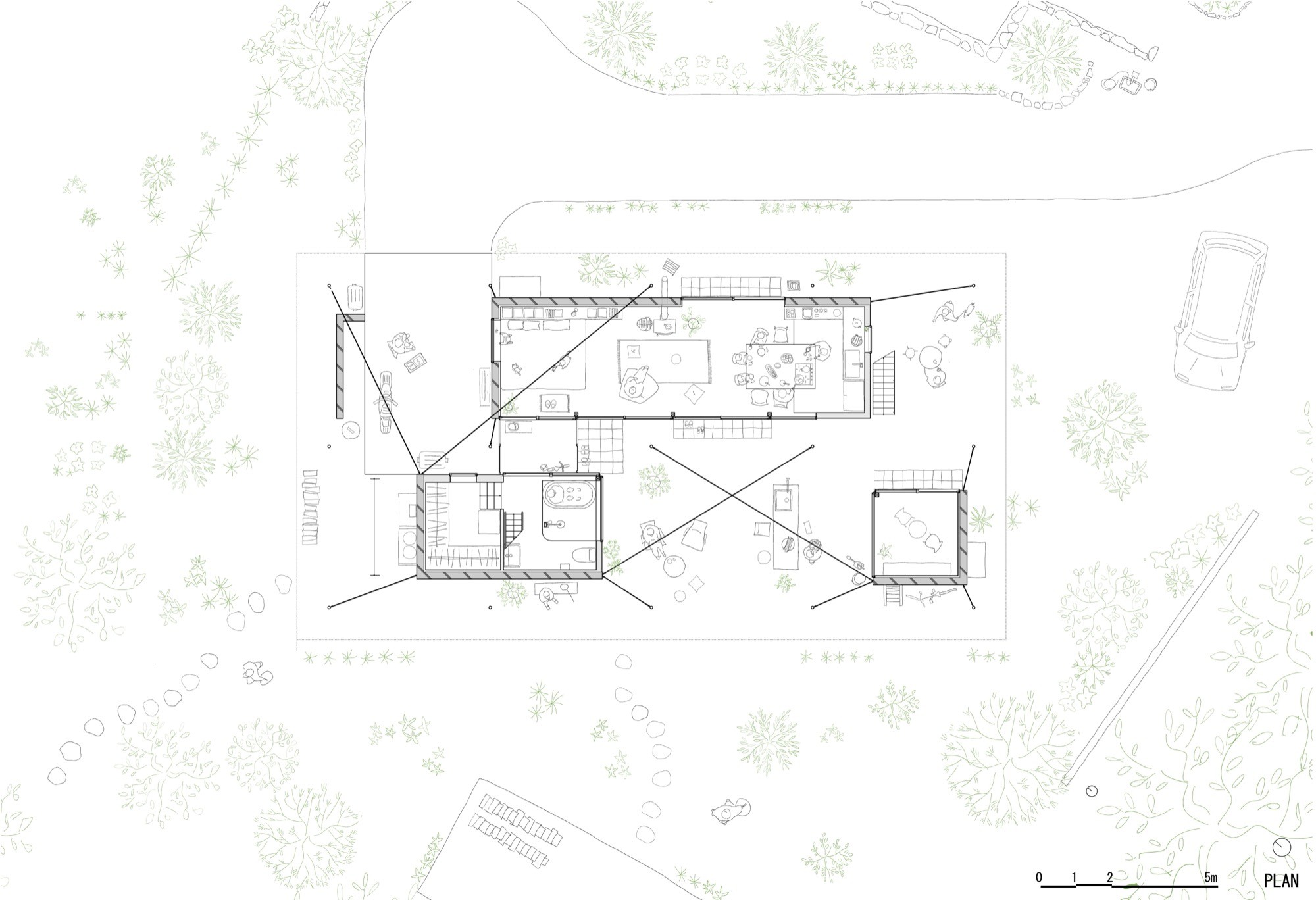
©
TAMADA & WAKIMOTO ARCHITECTS
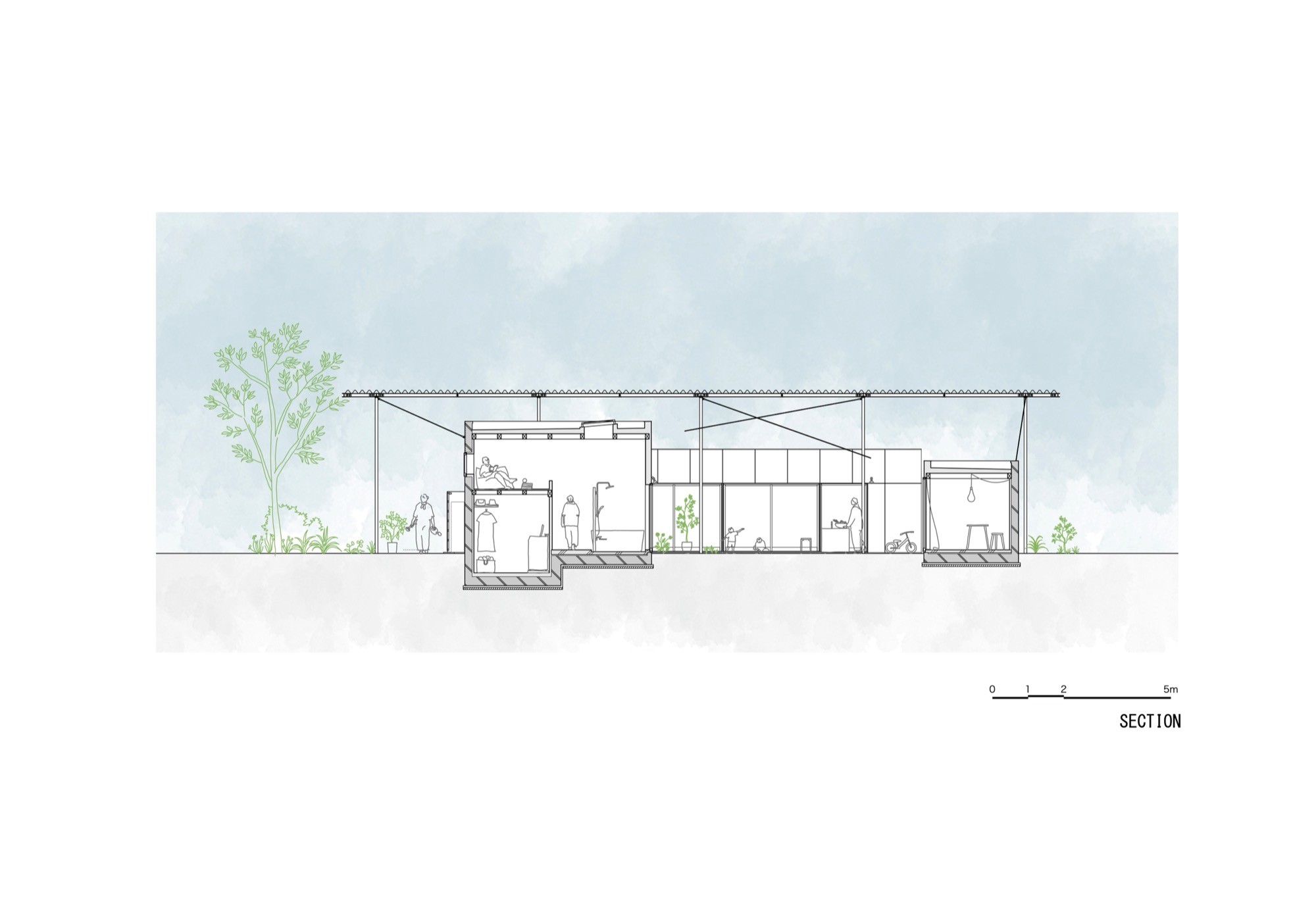
©
TAMADA & WAKIMOTO ARCHITECTS
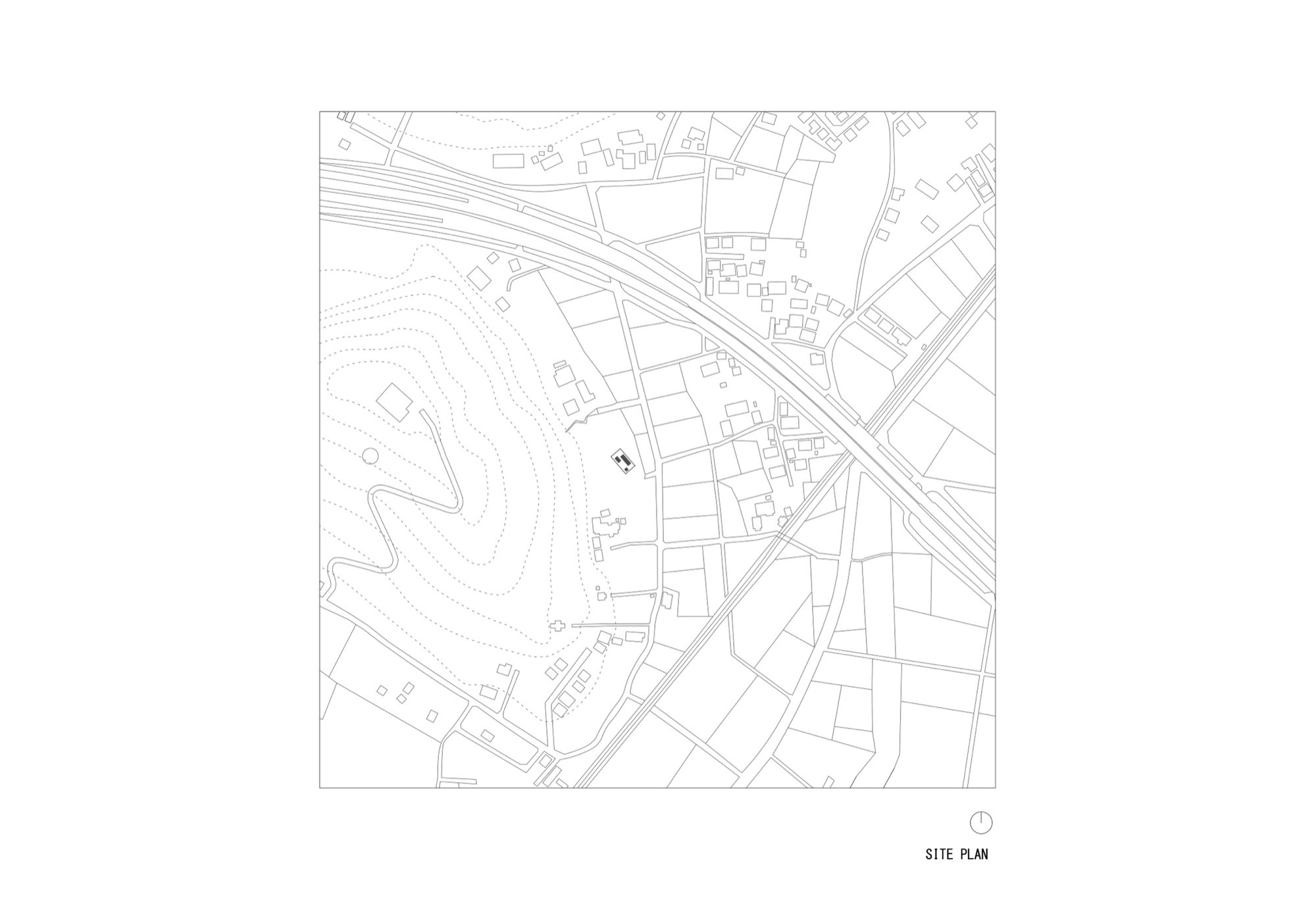
©
TAMADA & WAKIMOTO ARCHITECTS

Comments
(0)